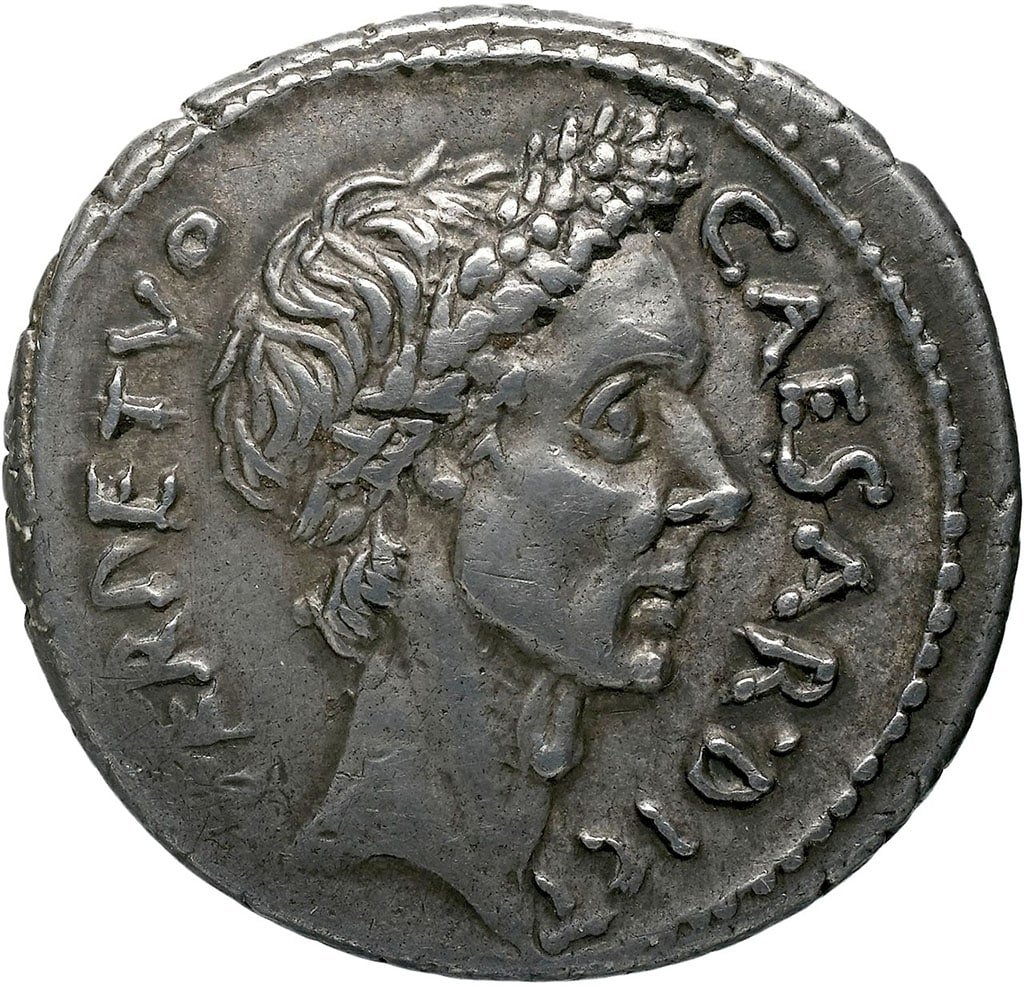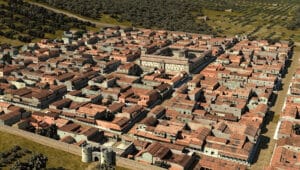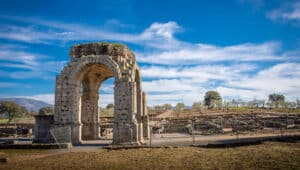“Veni, Vidi, Vici.”
“I came, I saw, I conquered.” These famous words, spoken by Julius Caesar, embody the spirit of bold and decisive action. As we step into the new year, many of us set resolutions with a similar drive – determined to overcome challenges and seize new opportunities.
Julius Caesar played a pivotal role in shaping the new year traditions we follow today. He reformed the Roman calendar and linked the start of the year to Janus, the Roman god of beginnings and transitions. This change not only defined how we track time but also introduced a focus on reflection and renewal – a tradition we still practice today.
By the time Caesar rose to power, the Roman calendar was in chaos. The lunar-based system, devised in Rome’s early years, had fallen out of sync with the solar year. Priests and politicians manipulated the calendar for political gain, extending or shortening years to keep allies in power or delay unfavourable events. This instability created confusion in both governance and daily life.
But chaos was nothing new to Caesar. His entire rise to power had been marked by bold decisions and calculated risks. Born in 100 BCE to a patrician family, Caesar was a skilled orator, a military genius, and a master of political strategy.

His early career was shaped by ambition and resilience, including a remarkable episode when he was kidnapped by Cilician pirates. The pirates demanded a ransom of 20 talents of silver, but Caesar insisted they ask for 50, claiming he was worth more. During his captivity, he treated the pirates with disdain, even jokingly promising to crucify them – a promise he later fulfilled after his release.
Throughout his reign, Caesar enacted significant reforms – alleviating debt, redistributing land to the poor, and extending Roman citizenship to provincial people. He was even the first Roman to have his face minted on a coin, breaking with the tradition of depicting only gods and goddesses.
But perhaps Caesar’s most lasting legacy was his reform of the Roman calendar. In 46 BCE, with the help of the Alexandrian astronomer Sosigenes, he devised a solar-based calendar modelled after the Egyptian system.
To realign the calendar with the solar year, Caesar declared 46 BCE the “Year of Confusion,” stretching it to an extraordinary 445 days. This was a one-time adjustment, after which the new Julian calendar introduced a 365-day year with a leap day every four years to account for the fractional length of the solar year.
This reform wasn’t just practical; it was symbolic. The years before had traditionally started in March, a month linked to Mars, the god of war. However, Caesar chose to begin the year on January 1st, a month named after Janus, the Roman god of transitions and new beginnings. In doing so, he emphasised a focus on renewal and order, marking a shift towards reflection and fresh starts.
Janus occupies a unique place in Roman mythology. Unlike many Roman gods, he had no direct Greek counterpart and was believed to be an ancient deity, predating even the Olympians. Some myths associate him with the Golden Age, when Saturn, after being overthrown by Jupiter, fled to Italy. Janus, portrayed as a wise and just king, welcomed Saturn and helped establish order and prosperity, reinforcing his role as a protector of fresh starts and renewal.
Janus was often depicted with two faces – one looking into the past and the other into the future. This duality symbolised his role as a guardian of thresholds, making him the ideal deity to preside over transitions, whether physical, temporal, or metaphorical. He was invoked at the start of wars, during the construction of new buildings, and, of course, at the beginning of each year.
The gates of his temple in Rome, the Janus Geminus, were central to his worship and reflected his role as a god of both peace and war. During times of war, the temple’s doors were left open, and in times of peace, they were closed, signalling Rome’s state of conflict or tranquillity. Few gods held such a visible and practical role in public life, underscoring Janus’s importance as a protector and overseer of transitions.
The month of January, named in Janus’s honour, became a time to reflect on the successes and failures of the past year and look forward to the future with renewed purpose. The Romans would offer sacrifices to Janus, perform acts of goodwill, and make resolutions – early forms of the New Year’s resolutions we still practice today.
Today, we follow the Gregorian calendar, introduced in 1582 by Pope Gregory XIII, which refined the system further, adjusting the length of the year by 11 minutes to better align with the solar cycle. However, the essence of these age-old traditions – reflection and renewal – remains deeply rooted in the customs we continue to observe each January.
|| features@portugalresident.com
Jay works for a private charter airline, and is also a UX designer and aspiring author who enjoys learning about history and other cultures

























